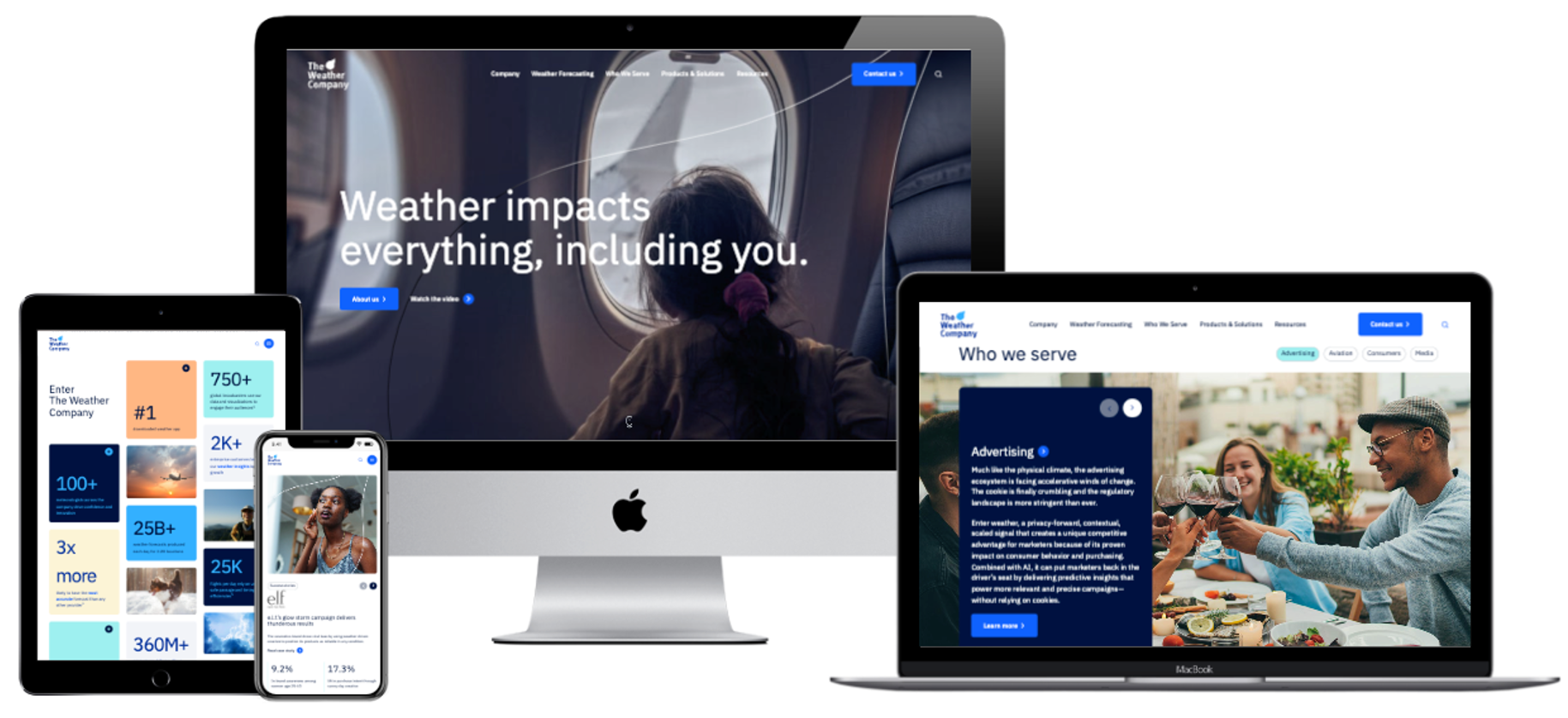Gone are the days of one-size-fits-all marketing. Consumers expect personalized experiences that cater to their unique interests and needs. For businesses targeting niche audiences, hyper-personalized marketing strategies are essential to stand out and drive meaningful engagement. This guide explores how brands can create highly targeted campaigns that resonate with specific audience segments.
Why Personalization Matters in Today’s Market
Personalization isn’t just a trend—it’s a necessity. Research shows that personalized marketing leads to higher engagement, improved customer satisfaction, and increased sales.
Key Benefits of Personalization:
- Higher conversion rates: Personalized campaigns perform better than generic ones.
- Stronger customer relationships: Tailored experiences build loyalty.
- More efficient marketing spend: Targeting the right audience reduces wasted ad spend.
Identifying & Segmenting Niche Audiences
Effective personalization starts with proper audience segmentation. Businesses must analyze their customers and categorize them based on shared characteristics.
- Demographics: Age, gender, location, income level
- Behavioral data: Purchase history, browsing behavior, engagement patterns
- Psychographics: Interests, values, lifestyle choices
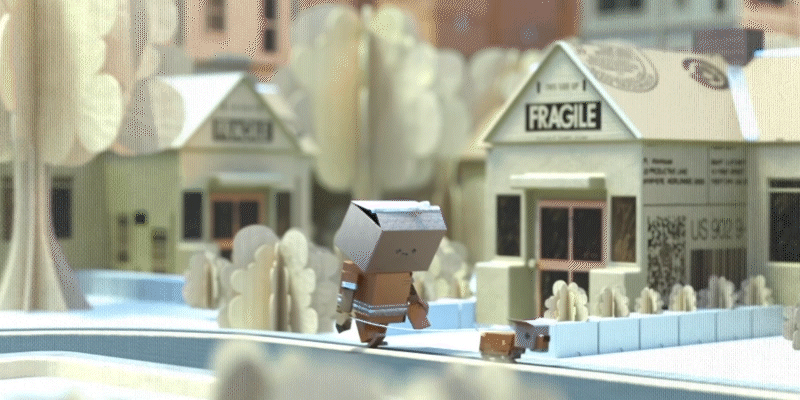
Strategies for Hyper-Targeted Campaigns
Once niche audiences are identified, businesses can tailor their messaging for maximum relevance.
1. Dynamic Content Personalization
Adjust content in real time based on user behavior. Websites, emails, and ads should display personalized recommendations and messaging.
2. AI-Driven Recommendation Engines
Leverage machine learning to suggest products, content, or services based on past interactions.
3. Account-Based Marketing (ABM) for B2B Brands
B2B marketers can use ABM strategies to deliver highly customized outreach to specific companies or decision-makers.
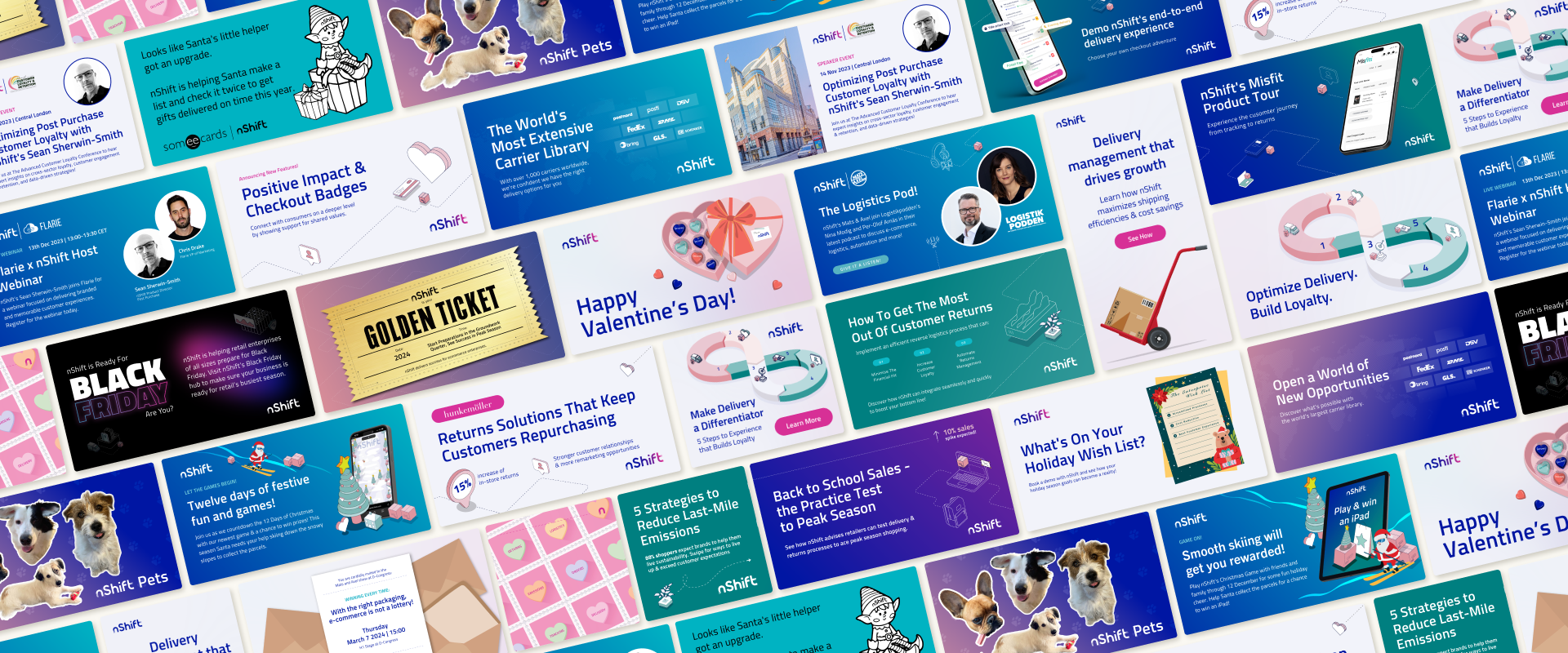
The Role of Data in Personalized Marketing
To execute effective personalized marketing, brands must leverage customer data while maintaining ethical standards.
- First-party data collection: Direct interactions like email sign-ups and purchase history
- Behavioral analytics: Tracking engagement to refine personalization
- Privacy compliance: Adhering to GDPR, CCPA, and other data protection regulations
Scaling Personalized Marketing Efforts
While personalization is powerful, it must be scalable. Automation tools help businesses expand their efforts efficiently.
- Marketing automation software (HubSpot, Marketo) streamlines segmentation and messaging.
- AI-powered chatbots deliver real-time personalized interactions.
- CRM integration ensures a seamless, data-driven approach to customer engagement.

Unlock the Power of Personalized Marketing
Personalized marketing is no longer optional—it’s essential for businesses looking to connect with niche audiences. By leveraging data, AI, and tailored messaging, brands can create meaningful interactions that drive long-term success.
Want to develop a hyper-targeted marketing strategy? Contact Bluetext today to take personalization to the next level.
Marketing is often driven by data—metrics, analytics, and KPIs guide decision-making. But numbers alone don’t tell the full story. To truly connect with an audience, marketers must understand the psychological principles that influence decision-making. By tapping into cognitive biases, emotional triggers, and behavioral patterns, brands can craft more compelling campaigns that resonate on a deeper level. In this guide, we’ll explore how psychology plays a vital role in marketing and how businesses can leverage these insights to drive engagement and conversions.
The Role of Psychology in Marketing
While metrics provide a snapshot of audience behavior, psychology reveals why consumers act the way they do. Understanding the motivations, fears, and desires behind purchasing decisions allows marketers to create messaging that not only attracts attention but also fosters lasting brand loyalty.
Key Psychological Influences on Consumer Behavior:
- Emotional decision-making: Most purchases are driven by emotion rather than logic.
- Cognitive biases: Subconscious mental shortcuts influence purchasing choices.
- Social influence: People are more likely to trust recommendations from peers.
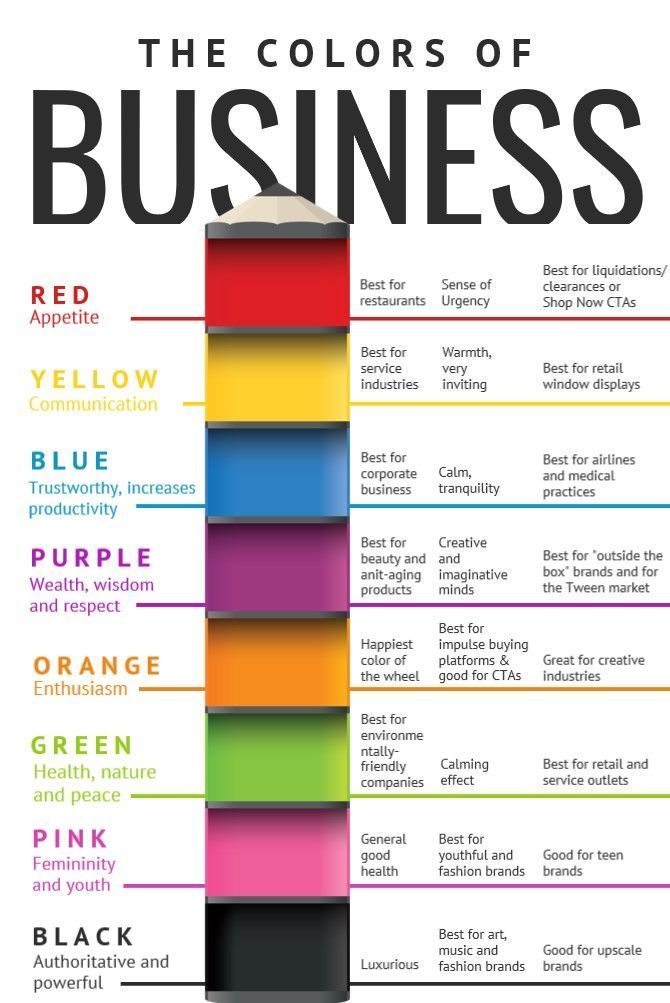
Cognitive Biases That Impact Consumer Decisions
Cognitive biases are mental shortcuts that help people make quick decisions—but they also shape consumer behavior in predictable ways. Marketers who understand these biases can craft strategies that align with how customers naturally think.
1. The Scarcity Effect
Consumers perceive limited availability as higher value. Words like “Only a few left!” or “Limited-time offer” trigger urgency and drive conversions.
2. Social Proof
People tend to follow the actions of others. Reviews, testimonials, and influencer endorsements build trust and increase purchase likelihood.
3. Authority Bias
Consumers trust experts and authoritative figures. Featuring industry leaders or certifications in your messaging can boost credibility.
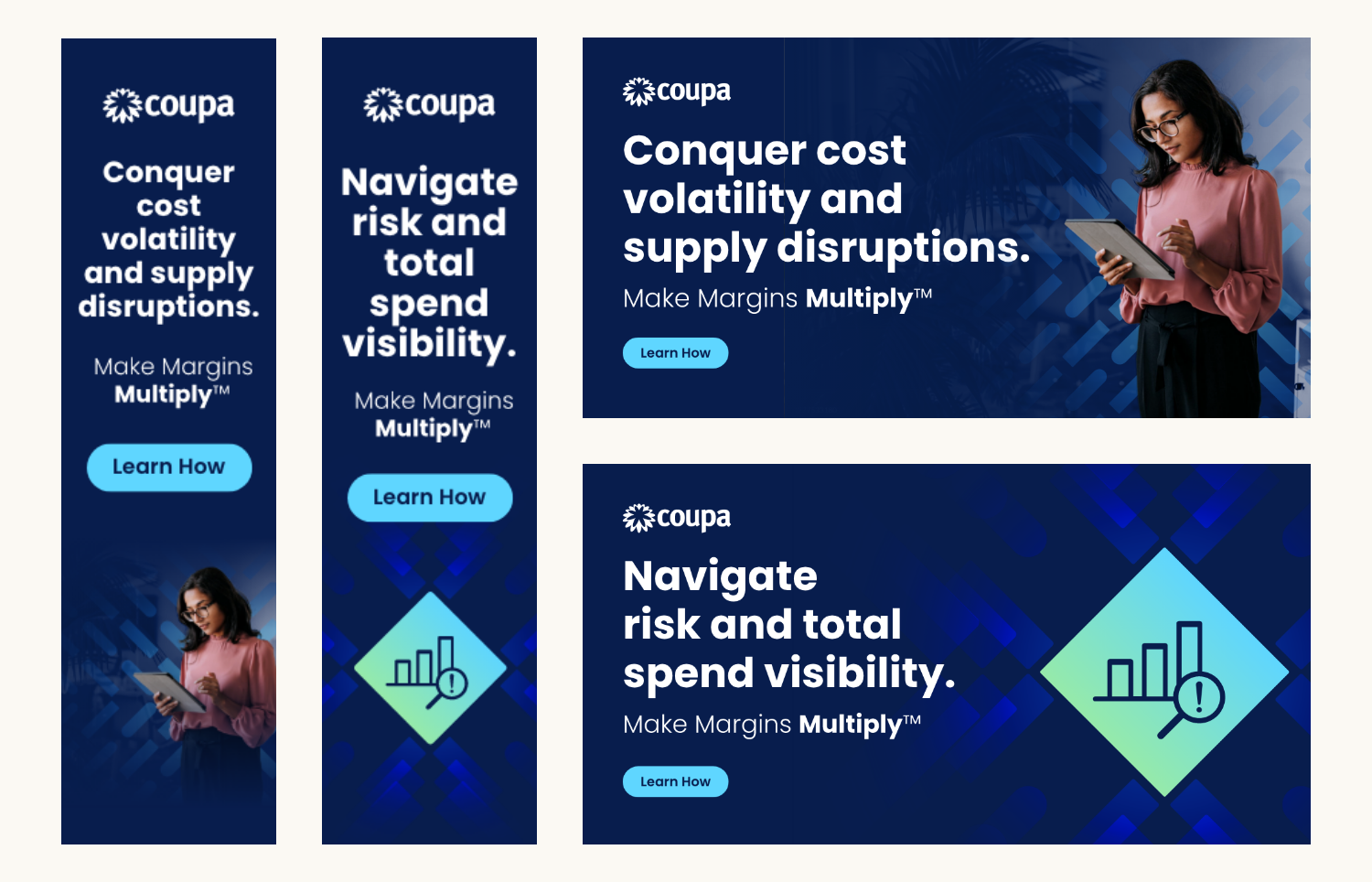
Emotional Triggers in Marketing
Emotions play a critical role in consumer decision-making. By tapping into the right emotional triggers, brands can create stronger connections with their audience.
- Fear of missing out (FOMO): Drives urgency and quick decision-making.
- Nostalgia: Evokes fond memories and positive brand associations.
- Excitement & aspiration: Inspires consumers to take action and feel empowered.
The Power of Personalization & Storytelling
Consumers respond best to brands that feel human. Personalization and storytelling are two powerful tools that make marketing more relatable and impactful.
- Storytelling: A compelling brand narrative helps establish trust and emotional investment.
- Personalization: Tailored recommendations and targeted content increase engagement.
Applying Psychological Insights to Your Marketing Strategy
To integrate psychology-driven tactics into your marketing, consider the following steps:
- Use data to understand audience behavior – Identify patterns in customer interactions.
- Incorporate cognitive biases into messaging – Utilize urgency, authority, and social proof.
- Leverage emotional triggers – Align messaging with your audience’s emotions.
- Personalize content – Create hyper-targeted campaigns based on customer preferences.
- Test and optimize continuously – Use A/B testing to refine messaging for maximum impact.
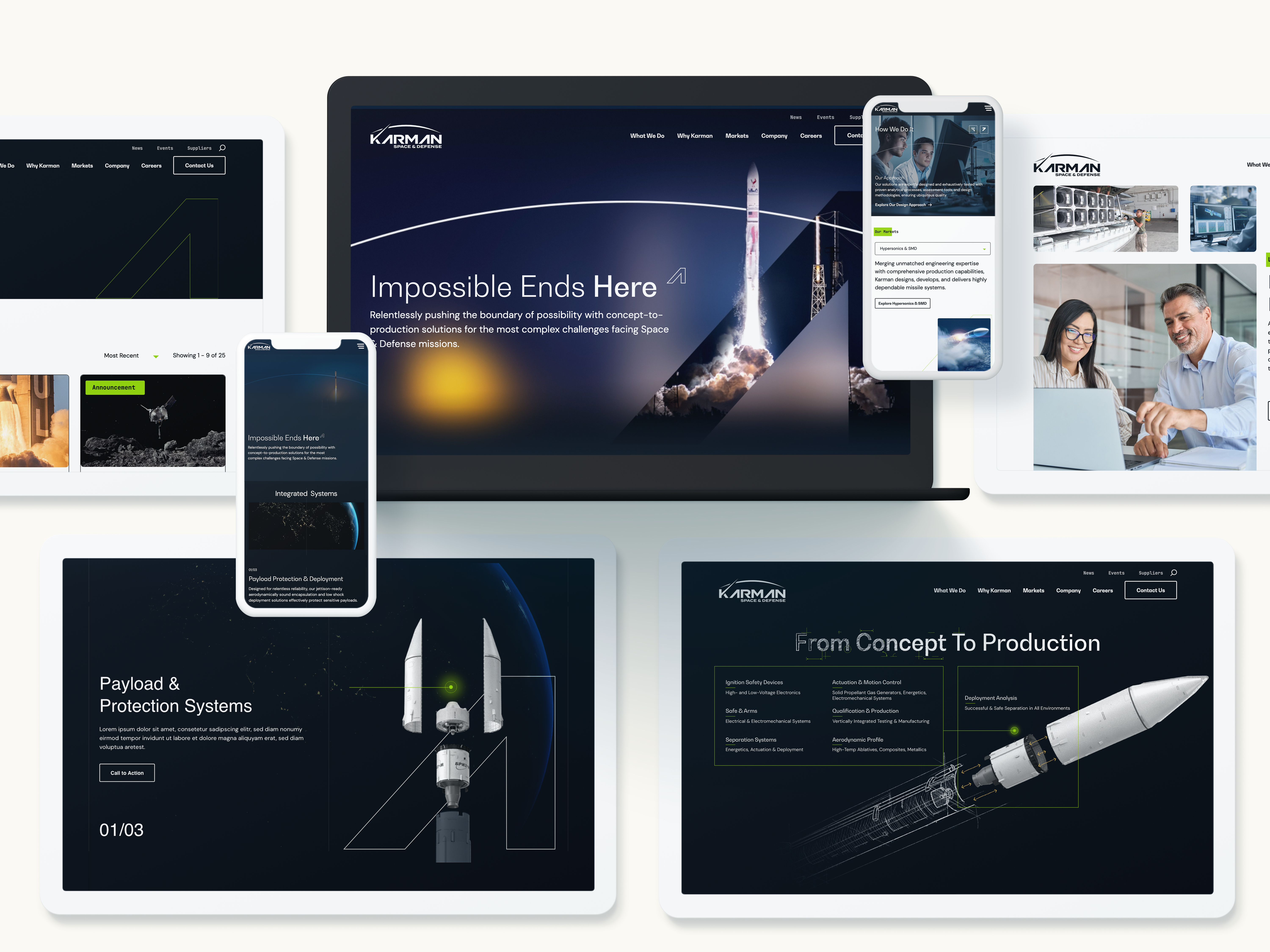
Transform Your Marketing with Psychological Insights
Going beyond metrics and understanding the psychology of your audience allows brands to create marketing strategies that truly resonate. By leveraging cognitive biases, emotional triggers, and personalization, businesses can build stronger connections and drive greater conversions.
Looking to refine your marketing approach? Contact Bluetext today to craft campaigns that engage your audience on a deeper level.
In today’s digital-first world, content marketing is a critical driver of brand awareness, customer engagement, and lead generation. However, without a structured framework, businesses often struggle to maintain consistency, measure performance, and scale content efforts effectively. A well-defined content marketing framework ensures a strategic, organized, and data-driven approach to content creation, distribution, and optimization. In this guide, we’ll explore the key components of a successful content marketing framework and how businesses can leverage best practices to maximize impact.
What Is a Content Marketing Framework?
A content marketing framework is a structured system that guides the creation, management, and distribution of content to achieve business goals. It ensures that content aligns with brand messaging, resonates with target audiences, and drives measurable results. A strong framework helps businesses streamline content workflows, improve efficiency, and scale their marketing efforts effectively.

Key Benefits of a Content Marketing Framework:
- Enhances consistency across content channels
- Improves efficiency and scalability
- Aligns content efforts with business objectives
- Enables better tracking and measurement of success
- Helps optimize content for search engines and user engagement
Key Components of an Effective Content Marketing Framework
1. Strategy & Planning
Before creating content, businesses must define their objectives, target audience, and key performance indicators (KPIs). A well-crafted strategy ensures that every piece of content serves a purpose and aligns with broader business goals.
- Define objectives: Brand awareness, lead generation, customer retention, SEO performance
- Identify target audience personas: Demographics, pain points, content preferences
- Develop a content calendar: Plan topics, formats, and publishing schedules
2. Content Creation & Workflow
A structured workflow streamlines content production and ensures quality and consistency.
- Develop a content pipeline: Assign roles for ideation, writing, editing, and approval
- Leverage AI and automation tools: Improve efficiency with AI-driven content creation
- Optimize for multiple formats: Blogs, videos, social media, whitepapers, and more
3. Content Distribution Strategy
Creating high-quality content is only half the battle; distributing it effectively maximizes reach and impact.
- Owned media: Website, blog, email newsletters
- Earned media: PR coverage, guest blogs, influencer collaborations
- Paid media: Social media ads, sponsored content, PPC campaigns
- SEO optimization: Keyword integration, metadata optimization, internal linking
4. Performance Measurement & Analytics
Tracking content performance enables continuous optimization and better decision-making.
- Key metrics: Engagement rate, conversion rate, organic traffic, bounce rate
- Analytics tools: Google Analytics, SEMrush, HubSpot, Ahrefs
- A/B testing: Experiment with headlines, CTAs, and content formats
5. Governance & Optimization
A governance model ensures consistency, quality, and compliance across all content.
- Maintain brand voice and tone: Consistent messaging across platforms
- Repurpose and update content: Maximize value from existing assets
- Ensure legal and compliance standards: Industry regulations, copyright laws
Master Your Content Strategy & Drive Results
A well-structured content marketing framework is the foundation of a successful digital strategy. By implementing a strategic approach to content creation, distribution, and measurement, businesses can maximize their marketing impact, enhance audience engagement, and drive meaningful results.
Looking to refine your content marketing strategy? Contact Bluetext today to build a framework tailored to your business goals.
As a new administration takes office, businesses must navigate shifts in policies, regulations, and funding priorities. These changes influence industries from healthcare and technology to defense and sustainability, requiring brands to reassess their marketing strategies. Here’s what to watch and how to stay ahead.
Understanding Policy Impacts on Your Industry
Every administration brings new priorities that can affect how businesses operate. Whether it’s changes in tax laws, data privacy regulations, or environmental policies, brands must anticipate how these shifts may influence their marketing landscape.
- Healthcare: Adjustments to healthcare policies could impact advertising regulations for pharmaceutical and insurance brands.
- Technology: Data privacy laws may require tech companies to update compliance messaging.
- Sustainability: A focus on green initiatives could drive demand for eco-friendly branding.
Refining Your Brand Messaging
Government policies influence consumer sentiment and corporate responsibility expectations. Brands should ensure their messaging aligns with evolving regulations and public perception.
- Proactive Step: Conduct regular brand audits to align messaging with policy trends.

Adapting B2G and B2B Strategies
For companies engaged in B2G marketing or serving industries affected by policy shifts, adapting strategies is crucial.
- Government Contracting: Shifts in federal spending impact procurement opportunities.
- B2B Relationships: Industries adjusting to new regulations may seek solutions that help maintain compliance.
Leveraging Thought Leadership and Crisis Preparedness
With heightened political scrutiny, brands must be prepared for policy-driven PR challenges. Establishing thought leadership and crisis communication strategies can mitigate risks.
- Proactive Step: Position your brand as an industry leader by publishing insights on policy changes.
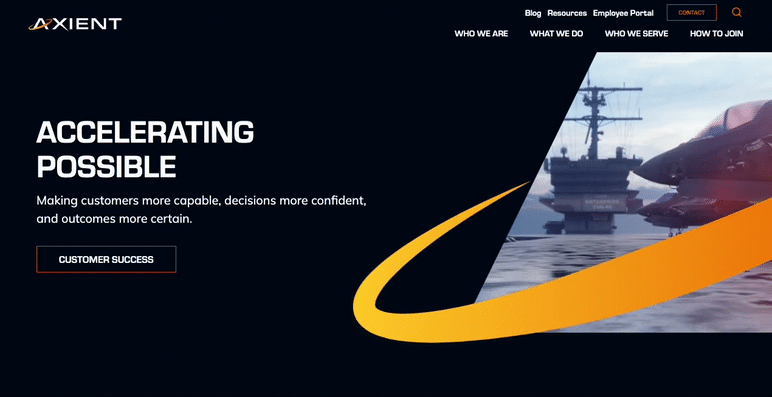
Staying Agile in a Changing Landscape
The key to thriving in a new regulatory environment is agility. Brands that monitor legislative changes, adjust strategies, and engage with industry advocacy groups will be better positioned for success.
Social media advertising is constantly evolving, and 2025 is bringing new trends, technologies, and regulations that marketers must navigate. Here’s what’s changing and how brands can stay ahead.
1. AI-Powered Ad Personalization
AI-driven algorithms are making social media ads more personalized than ever. Platforms like Meta and TikTok now offer real-time content adaptation based on user behavior.
Action: Leverage AI tools to create dynamic, personalized ad experiences that increase engagement and conversion rates.

2. Increased Privacy Regulations and First-Party Data Reliance
With growing privacy concerns, platforms are reducing reliance on third-party cookies. Brands must focus on first-party data collection through lead magnets and customer loyalty programs.
Action: Implement robust data collection strategies to maintain targeted advertising effectiveness.
3. The Rise of AR and VR Ads
Immersive experiences are gaining traction, with brands using augmented reality (AR) and virtual reality (VR) in social ads to create interactive experiences.
Action: Explore AR filters and VR experiences to boost engagement and brand recall.
4. Expansion of Social Commerce
Social media platforms continue integrating e-commerce capabilities, allowing users to purchase directly within apps like Instagram, TikTok, and Pinterest.
Action: Optimize social commerce strategies by creating shoppable content and streamlining in-app purchasing experiences.

5. Video-First Advertising
Short-form video remains the dominant format, with platforms prioritizing vertical video content.
Action: Invest in high-quality, engaging video content tailored to platform-specific algorithms.
Stay Ahead in Social Media Advertising
The digital landscape is shifting rapidly, and staying informed is key to maintaining an edge. Need help navigating social media advertising in 2025? Bluetext can guide you in crafting high-performing campaigns that drive results.
In today’s fast-evolving market, staying relevant means more than just keeping up—it requires transformation. Some of the most successful brands have undergone strategic rebrands to stay ahead of competition, adapt to changing consumer preferences, and realign with their core mission. Here are key lessons from successful brand evolutions and how to apply them to your strategy in 2025.
1. Understand the “Why” Behind Rebranding
A strong rebrand starts with a clear purpose. Whether due to mergers, market shifts, or outdated visuals, brands that successfully rebrand do so with a strategic vision. Take Airbnb’s 2014 brand transformation—its shift from a simple rental service to a community-driven experience was reflected in a fresh logo, new messaging, and an enhanced user experience.
Takeaway: Before launching a rebrand, assess the core reason behind it and ensure every aspect of the new identity aligns with business goals and customer expectations.
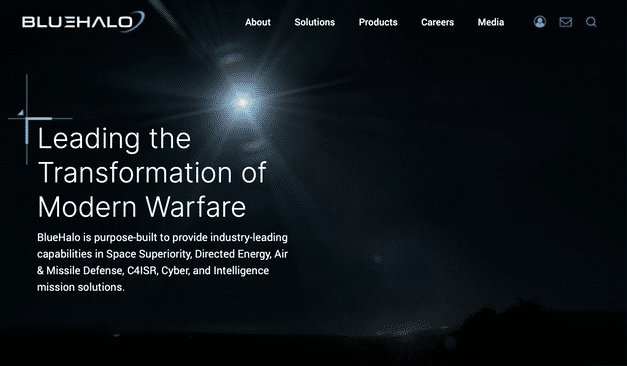
2. Maintain Brand Recognition While Innovating
Brands like Burger King and Mastercard have modernized their identities while maintaining recognizability. Burger King’s retro-inspired logo redesign in 2021 paid homage to its heritage while streamlining its aesthetic for digital platforms.
Takeaway: Balance innovation with familiarity. Retaining core elements, such as color schemes or typography, helps consumers transition smoothly to the new identity.
3. Align with Consumer Values
Brands that integrate cultural relevance and consumer values into their rebrands create stronger connections. Patagonia’s commitment to sustainability has been consistently reflected in its messaging and business decisions, reinforcing brand authenticity.
Takeaway: Listen to your audience and ensure your rebrand aligns with their expectations and values.
4. Invest in Digital-First Branding
A brand’s digital presence is just as crucial as its physical one. Companies like Instagram have evolved their logos and UX to better fit mobile-first experiences, emphasizing usability and engagement.
Takeaway: Design with digital platforms in mind, ensuring seamless integration across all channels.
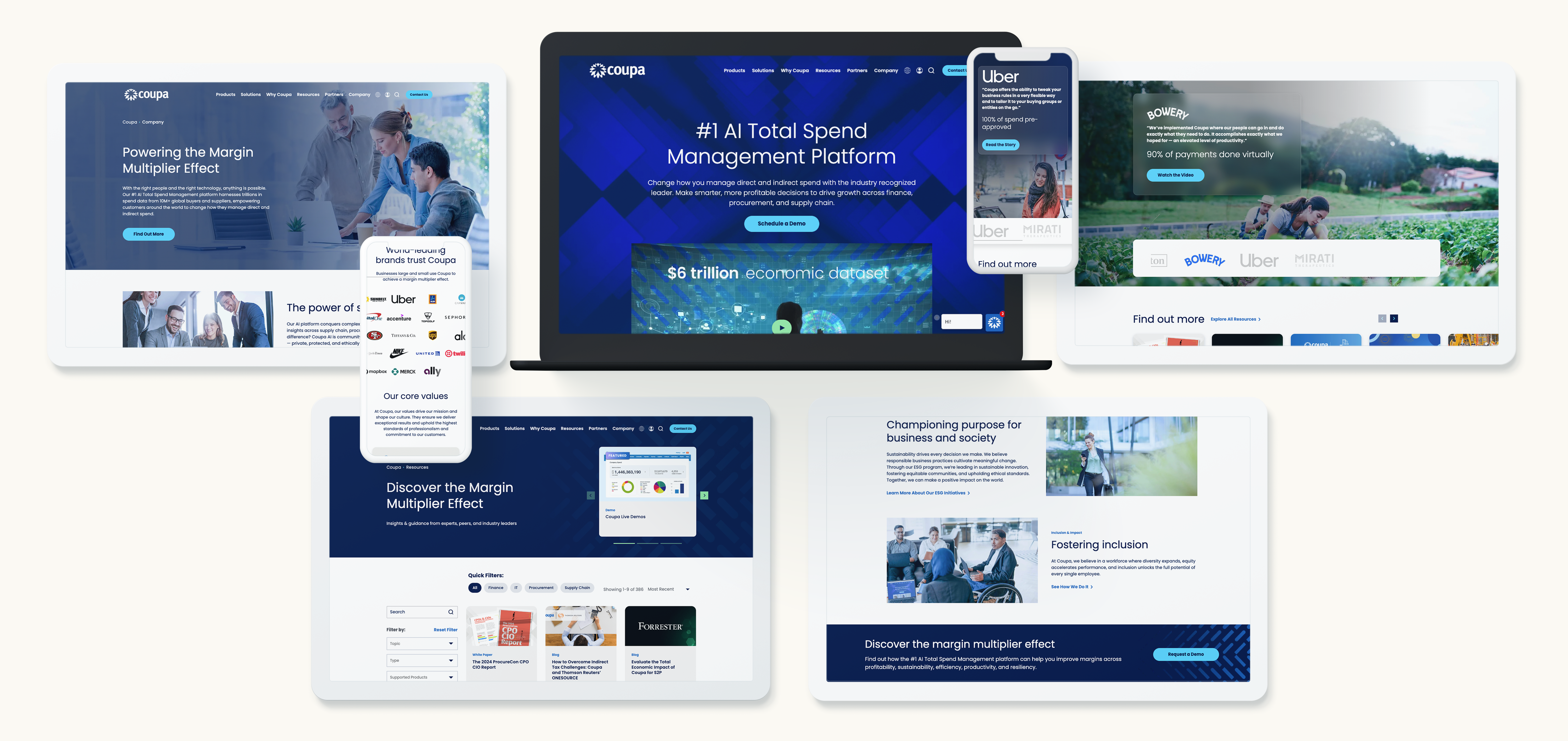
5. Plan for a Seamless Rollout
A poorly executed rebrand can lead to confusion or backlash. Successful rebrands, like Dunkin’s transition from Dunkin’ Donuts, were accompanied by comprehensive marketing campaigns that educated consumers and generated excitement.
Takeaway: Plan a phased rollout, engage key stakeholders, and communicate changes effectively.
Transform Your Brand with Confidence
A strategic rebrand can revitalize your business and strengthen customer loyalty. If you’re considering a rebrand in 2025, contact Bluetext to craft a transformation strategy that drives results.
Despite evolving digital trends, email marketing remains one of the most effective channels for engaging audiences and driving conversions. However, as inboxes grow more crowded and consumer expectations shift, brands must refine their strategies to maintain impact. Here are the top email marketing strategies that continue to deliver results in 2025.
1. Hyper-Personalization and AI-Driven Content
Consumers expect more than generic email blasts. Leveraging AI and machine learning allows brands to analyze customer data, segment audiences, and craft hyper-personalized content. Dynamic content blocks, predictive analytics, and individualized subject lines can significantly boost open and engagement rates.
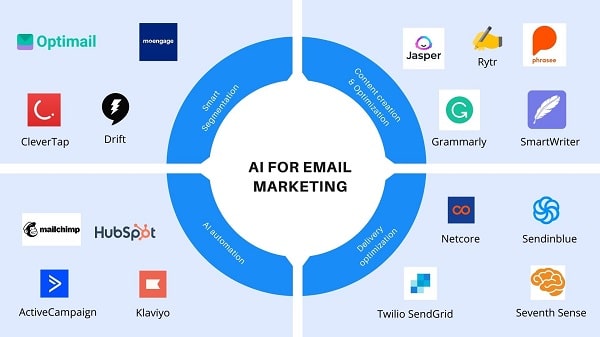
2. Interactive and Gamified Email Elements
Interactive emails featuring quizzes, polls, countdown timers, and gamification elements keep subscribers engaged. Incorporating interactive content enhances user experience and encourages recipients to take desired actions without leaving their inboxes.
3. Mobile-First Optimization
With most emails being opened on mobile devices, ensuring a seamless experience is non-negotiable. Brands should use responsive design, concise copy, and easy-to-click CTA buttons to improve engagement and conversions across all screen sizes.

4. Privacy-First and First-Party Data Utilization
With increasing restrictions on third-party data, brands must prioritize collecting and leveraging first-party data. Encouraging subscribers to share preferences and using consent-based tracking ensures compliance with evolving privacy regulations while maintaining personalization.
5. AI-Optimized Send Times and Frequency
Timing is everything in email marketing. AI-driven tools analyze recipient behavior to determine optimal send times and frequency, ensuring emails land when users are most likely to engage. Avoiding over-messaging while maintaining consistency is key to long-term subscriber retention.
6. Text-Only and Minimalist Email Trends
While visually rich emails remain popular, text-only and minimalist email formats have gained traction for their authenticity and improved deliverability. These formats often bypass spam filters and appeal to audiences seeking a more straightforward, personal approach.
7. Stronger Email Segmentation for Enhanced Relevance
Effective segmentation remains a cornerstone of successful email campaigns. Brands should refine segmentation based on behavioral triggers, lifecycle stages, purchase history, and engagement levels to ensure recipients receive the most relevant content.
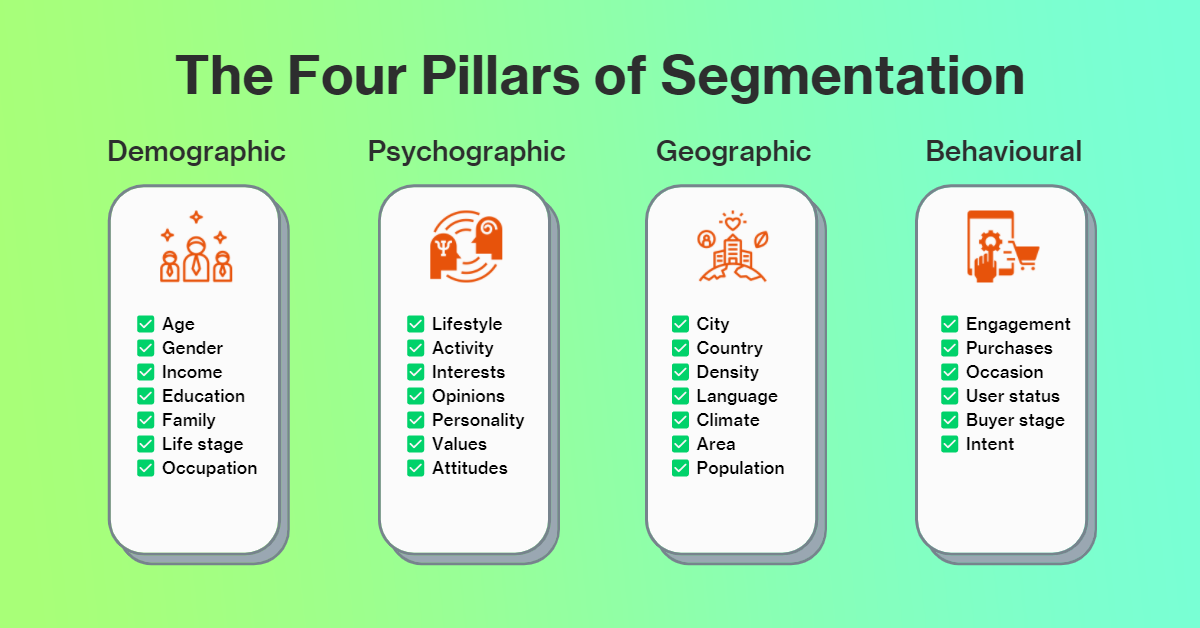
8. Focus on Retention and Loyalty Programs
Email remains a powerful tool for customer retention. Implementing loyalty-driven email campaigns—such as VIP offers, milestone rewards, and re-engagement emails—helps nurture long-term relationships and maximize customer lifetime value.
Elevate Your Email Marketing Strategy
In 2025, successful email marketing is all about relevance, personalization, and compliance. By leveraging AI, interactive content, mobile optimization, and strong segmentation, brands can continue to cut through the noise and drive meaningful engagement with their audiences. Need help optimizing your email campaigns? Partner with Bluetext to craft high-performing, data-driven email strategies that deliver real results.
As a new administration takes shape, brands must be prepared to navigate shifts in policy, regulation, and public sentiment that could directly impact their marketing strategies. From evolving government priorities to changes in procurement and compliance, staying agile is crucial for maintaining relevance and positioning for success. Here’s how businesses can adapt to a shifting political landscape.
1. Understand Policy Changes and Their Impact
New administrations often bring shifts in regulations, economic priorities, and industry-specific policies. Brands must stay informed about these changes, particularly those affecting taxation, environmental policies, labor laws, and procurement processes. By monitoring legislative updates and industry insights, businesses can proactively adjust their marketing messaging and strategies to align with new regulations.
2. Reassess Audience Sentiment
Public sentiment can shift dramatically with political change. Brands should conduct audience research and sentiment analysis to gauge how consumer attitudes evolve in response to new policies. Tailoring messaging to reflect changing priorities, such as sustainability, inclusivity, or economic resilience, can strengthen brand positioning and engagement.
3. Align Messaging with Evolving Priorities
Government policies can influence public priorities, affecting how brands communicate. For example, if an administration prioritizes renewable energy, businesses in related industries may benefit from emphasizing sustainability in their marketing. Companies should align messaging with relevant topics while maintaining authenticity and avoiding overt political endorsements.

4. Adjust Digital Advertising Strategies
Changes in regulations around data privacy and digital advertising policies can impact marketing campaigns. Brands should stay compliant with evolving rules, such as restrictions on targeted ads or data collection, and explore alternative strategies like contextual advertising and first-party data utilization to maintain effective audience reach.
5. Strengthen Government and B2G Marketing Efforts
For businesses selling to the government, shifts in procurement strategies and budget allocations can present new opportunities and challenges. Companies should refine their B2G marketing strategies by closely tracking procurement trends, engaging with key decision-makers, and optimizing their value propositions to align with evolving government needs.
6. Prepare for Crisis Management and Reputation Resilience
A polarized political environment can increase the risk of brand controversies. Companies should develop crisis communication strategies to handle potential backlash, maintain transparency, and uphold brand values. Proactively managing reputation through clear communication and stakeholder engagement can help brands navigate political turbulence effectively.

Navigating Change with Confidence
Adapting to a shifting political landscape requires brands to be informed, flexible, and proactive. By understanding policy changes, reassessing audience sentiment, refining messaging, and staying compliant with new regulations, businesses can navigate uncertainty while maintaining a strong market presence. Need expert guidance? Contact Bluetext today to ensure your marketing strategy remains resilient in a changing environment.
Sustainability has become more than a buzzword—it’s now a defining characteristic of successful marketing campaigns. As consumers grow increasingly aware of environmental and social issues, they expect brands to take meaningful action. According to a Nielsen report, 73% of global consumers say they would definitely or probably change their consumption habits to reduce environmental impact. For marketers, this represents a significant opportunity to align brand values with consumer expectations.
In this blog, we’ll explore how sustainability is shaping modern marketing, strategies to integrate sustainability into campaigns, and how brands can effectively communicate their efforts to socially conscious audiences.

The Rise of Conscious Consumerism
Conscious consumerism is driving a shift in purchasing behavior. People want to support brands that align with their values, including environmental protection, ethical sourcing, and social responsibility. This trend is particularly strong among Millennials and Gen Z, who are more likely to research a brand’s sustainability practices before making a purchase.
Integrating Sustainability into Your Marketing Campaigns
- Authenticity Is Key
- Consumers can spot greenwashing from a mile away. Ensure your sustainability claims are backed by data and credible certifications.
- Highlight Sustainable Practices
- Showcase your efforts, whether it’s reducing carbon emissions, using recycled materials, or partnering with eco-friendly suppliers.
- Leverage Storytelling
- Share compelling stories about your sustainability journey. For example, Patagonia’s “Don’t Buy This Jacket” campaign highlighted the environmental cost of consumerism while promoting responsible consumption.
- Incorporate Green Design
- Use eco-friendly materials for packaging, digital-first campaigns to reduce waste, and sustainable event planning.

Communicating Your Sustainability Efforts
Transparency is essential. Share progress reports, engage with audiences on social media, and feature customer testimonials about your sustainable products.
Measuring the Impact
Track metrics like carbon footprint reduction, customer engagement, and sales growth. Tools like life cycle assessments (LCA) and carbon calculators can provide measurable insights.
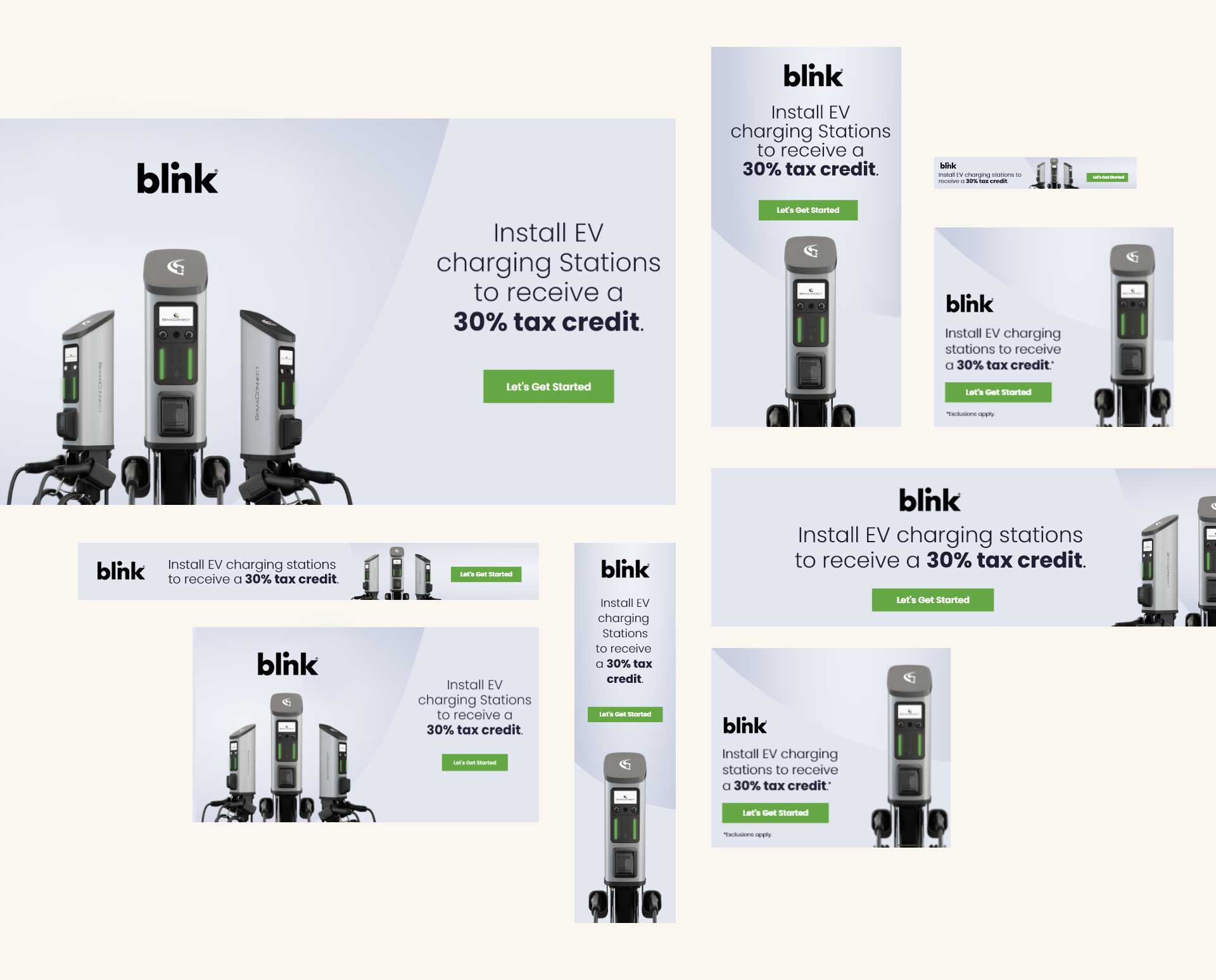
Taking the Next Step
Sustainability is not just a trend but a business imperative. By integrating sustainable practices into your marketing strategy, you can build trust, foster loyalty, and contribute to a better world. Ready to make your marketing campaigns more sustainable? Contact Bluetext to learn how we can help align your brand with purpose.
Accessible web design isn’t just a regulatory box to check—it’s a commitment to inclusivity that benefits all users. As digital experiences become central to daily life, designing for accessibility ensures your website serves the widest possible audience. Moreover, inclusive design fosters brand loyalty, enhances user satisfaction, and aligns with ethical principles. But what does it take to make a website truly accessible?
The Case for Inclusive Design
- Legal Compliance: Laws like the Americans with Disabilities Act (ADA) mandate accessible digital content. Non-compliance can result in lawsuits, fines, and reputational damage.
- Broader Reach: Over 15% of the world’s population lives with a disability. Accessible design ensures your brand includes everyone. Features like captions for videos or transcripts for audio content can significantly expand your audience.
- Enhanced UX for All: Features like alt text, proper contrast ratios, and keyboard navigation improve usability for all visitors, not just those with disabilities. Accessibility innovations often lead to cleaner, more intuitive interfaces that benefit everyone.

Best Practices for Accessible Design
- Use ARIA Labels: Provide screen readers with clear navigation cues. Proper labeling ensures assistive technologies can accurately interpret your site’s content.
- Test for Accessibility: Utilize tools like WCAG checkers to identify and fix barriers. Regular audits can help you stay compliant and user-friendly.
- Design with Flexibility: Ensure layouts adapt seamlessly to different devices and assistive technologies. Responsive design is crucial in today’s multi-device world.
Incorporating Accessibility into Your Workflow
Accessibility should be a priority from the start of any design or development project. Collaboration between designers, developers, and content creators is essential. Training teams on accessibility standards and testing tools ensures your website remains inclusive as it evolves.
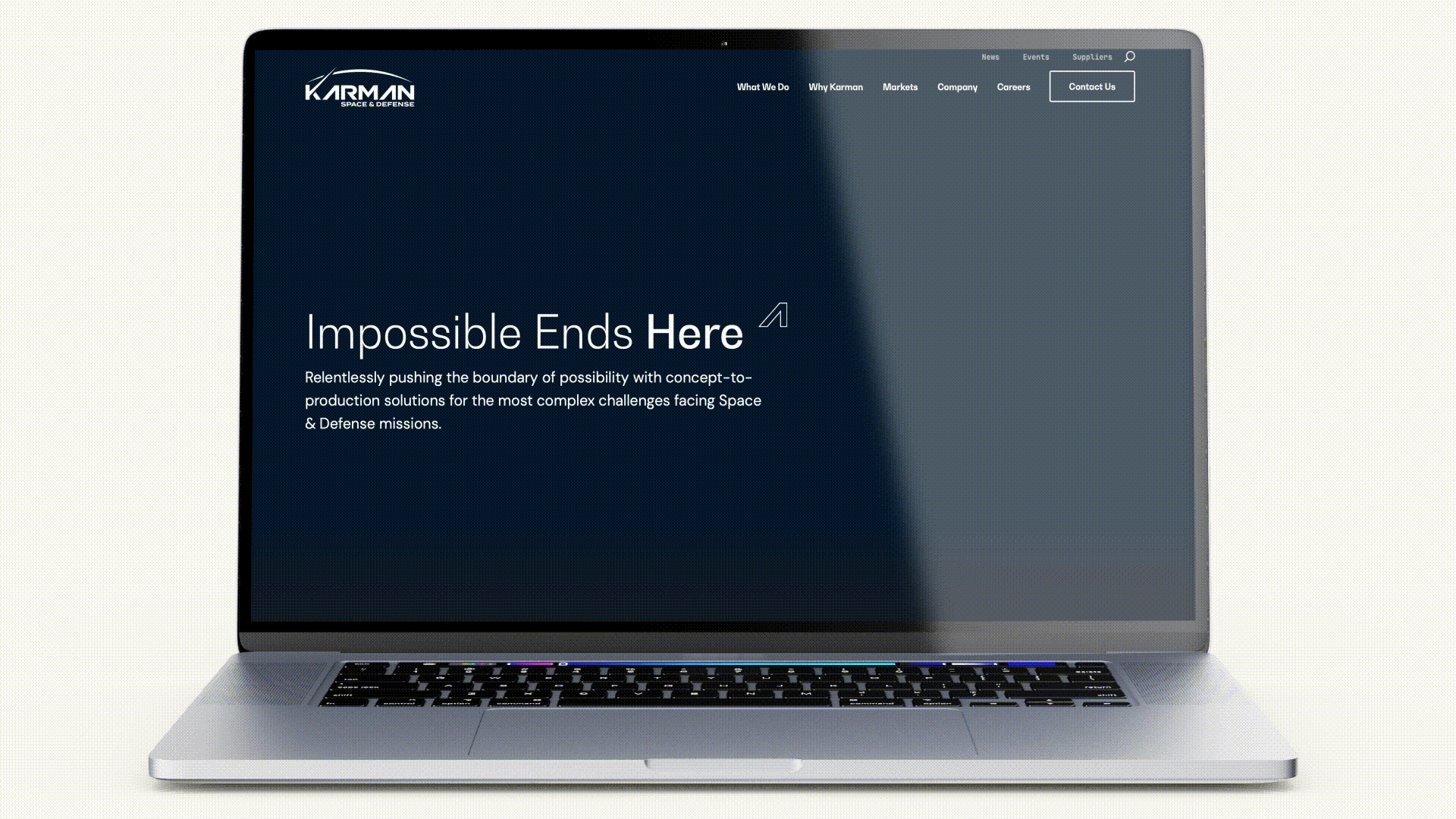
Accessibility as a Competitive Advantage
Brands that prioritize inclusivity demonstrate their commitment to diversity and equity. This not only enhances reputation but fosters deeper audience loyalty. Inclusive design signals that your brand values all users, creating emotional connections that drive engagement and retention.
Building a Better Web
Inclusive web design is essential for 2025 and beyond. By prioritizing accessibility, brands can create digital experiences that are not only compliant but meaningful for all users. Designing for inclusivity isn’t just about following rules—it’s about creating a better, more equitable digital world for everyone. Contact Bluetext to discover how we can help you design accessible, user-centric websites that stand out in 2025 and beyond.
